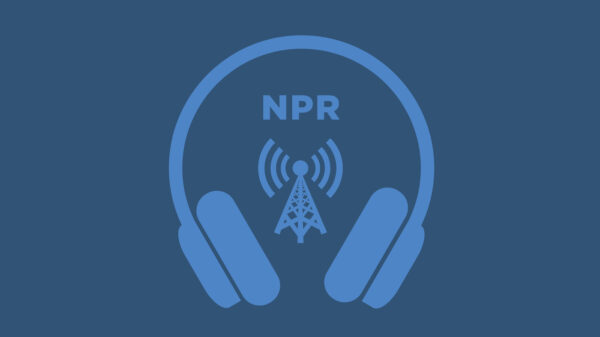A recent international study has revealed that migraines and headaches are a significant global health concern, affecting more than 2.8 billion people worldwide. The comprehensive analysis, led by neurology experts from La Trobe University and Western Health, emphasizes the urgent need for increased recognition and funding to address these debilitating conditions. Published in Cell Reports Medicine, the research highlights that modern lifestyle factors such as stress, sedentary behavior, excessive caffeine and alcohol consumption, and poor-quality sleep are prevalent triggers for these disorders.
The study found that the COVID-19 pandemic has further complicated the management of headaches, with many individuals experiencing acute or chronic headaches following SARS-CoV-2 infection or vaccination. This adds to the overall burden of headache disorders, which are often underreported and poorly managed in healthcare systems.
According to the study, the analysis utilized data from the Global Burden of Diseases, Injuries and Risk Factors Study (GBD) to update global estimates of headache prevalence and years lived with disability (YLDs) from 1990 to 2021. The findings indicate that women aged 30–44 and individuals from higher-income countries with better healthcare quality are disproportionately affected. Furthermore, while migraines are less common than other types of headaches, they are significantly more disabling, leading to a greater impact on quality of life.
Several patients with migraines who also contracted SARS-CoV-2 reported experiencing more severe pain, which often did not respond well to standard analgesics. The study concluded that “these new headache issues, combined with increased psychological stress, disrupted healthcare access, and social factors, may have further complicated an already pressing public health issue.”
Lead researcher Professor Tissa Wijeratne noted that although advancements in diagnostic tools and treatment options have improved the recognition and management of headache disorders, the rates of these conditions are expected to remain steady. This is largely due to the ongoing influence of modern risk factors, alongside limited access to professional healthcare for headaches, as many individuals rely on over-the-counter treatments.
The findings are particularly timely as thousands of individuals are expected to participate in the Step4Migraine Walk in Melbourne’s Treasury Gardens on November 2. This annual event aims to raise awareness and improve accessibility for those affected by migraines.
Professor Wijeratne advocates for tailored interventions and resources that could significantly reduce the burden of migraine and headache disorders over the coming decades. The study emphasizes the need to prioritize these conditions on global health agendas, as they continue to pose a significant challenge to public health worldwide.
For more detailed insights, refer to the research: Tissa Wijeratne et al, “Global, regional, and national burden of headache disorders, 1990–2021, with forecasts to 2050: A Global Burden of Disease study 2021,” published in Cell Reports Medicine (2025). DOI: 10.1016/j.xcrm.2025.102348.





































































